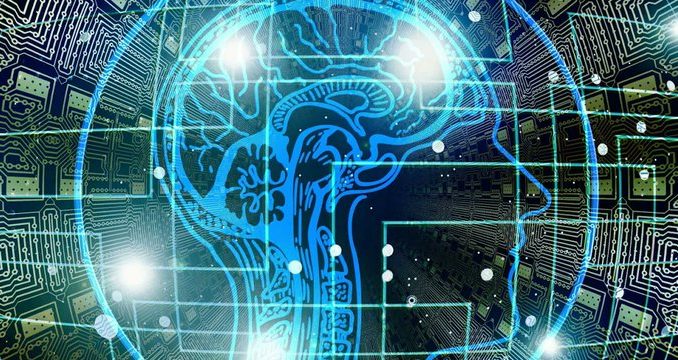
You can use artificial intelligence (AI) to automate complex repetitive tasks much faster than a human. AI technology can sort complex, repetitive input logically. That’s why AI is used for facial recognition and self-driving cars. But this ability also paved the way for AI cybersecurity. This is especially helpful in assessing threats in complex organizations. When business structures are continually changing, admins can’t identify weaknesses traditionally.
Additionally, businesses are becoming more complex in network structure. This means cybercriminals have more exploits to use against you. You can see this in highly automated manufacturing 3.0 businesses or integrated companies like the oil and gas industry. To this end, various security companies have developed AI cybersecurity tools to help protect businesses.
In this article, I’ll delve into what AI is and how it applies to cybersecurity. You’ll also learn the benefits and drawbacks of this promising technology. First, let’s take a look at what AI is!
What Is Artificial Intelligence
Artificial intelligence is a rationalization method using a statistically weighted matrix. This matrix is also called a neural net. You can think of this net as a decision matrix with nodes that have a weighted bias for each filtering process. The neural net will receive a database of precompiled data. This data will also contain answers to the underlying question the AI solves. This way, the AI will create a bias.
For example, let’s consider a database containing different images. Let’s say it has images of a person’s face and other images of watermelons. Additionally, each image has a tag to check each item. As the AI ‘learns’ whether it guessed correctly or not, the system increments node weightings. This process continues until the system reaches a predefined error percentage. This is often referred to as deep learning, which refers to the decision layers creating the depth.
Now, let’s take a look at the steps used to process data.
